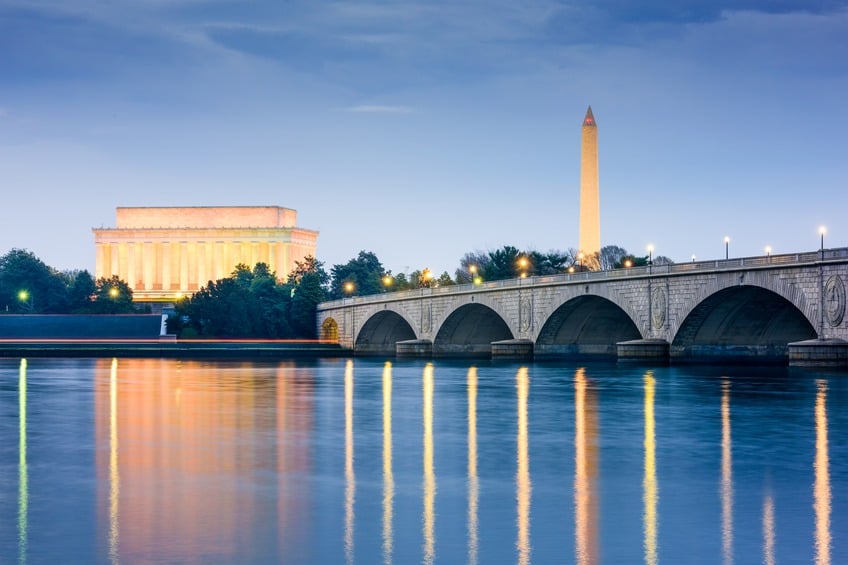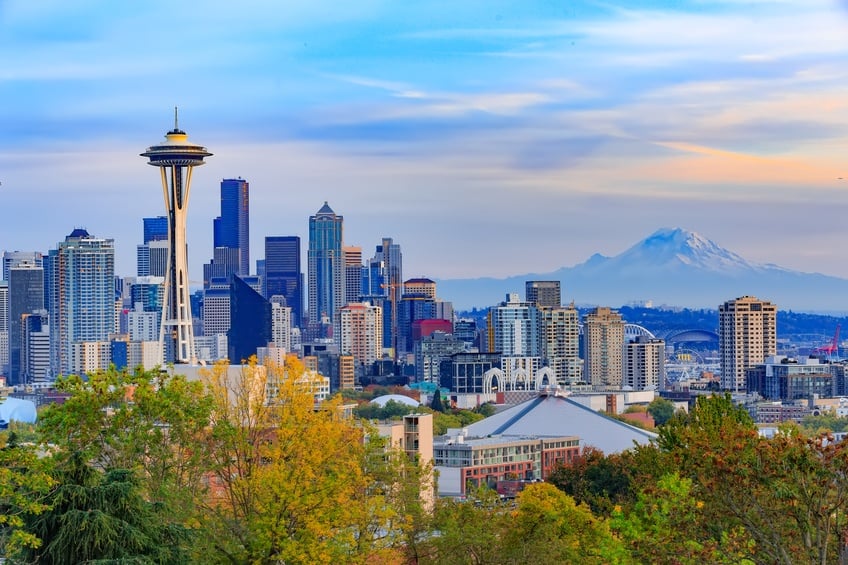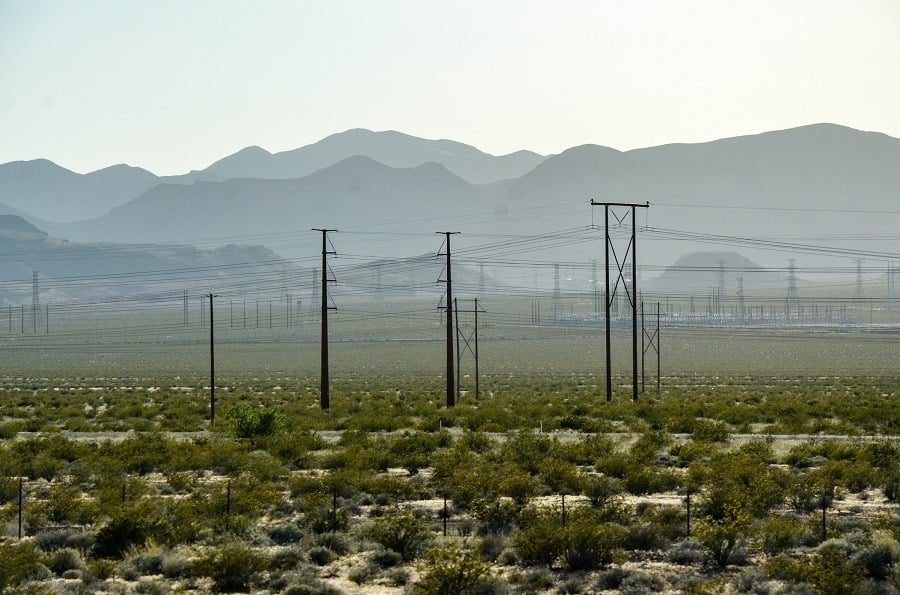Teacher Shortages Are the Most Severe in These States

It’s especially hard to be a teacher in some states. | monkeybusinessimages/iStock/Getty Images
- Teacher shortages persist in many states across the country.
- Student enrollment will increase by 3 million by 2027, but teacher preparation programs have seen a 35% drop in enrollment.
- This results in bigger class sizes, less personal attention, and students receiving a worse education.
America needs teachers. In many states across the country, teacher shortages have paralyzed the education system. The lack of educators makes it difficult if not impossible to reduce classroom sizes, give more one-on-one instruction, and ensure that students are succeeding rather than just being pushed on to the next grade. But it’s a tough job — and one isn’t nearly as lucrative as other professions. For that reason, states and school districts are finding it difficult to not just attract, but retain teachers.
The problem is more pronounced in certain areas, too. While many relatively small, populous states are able to find more than enough teachers (such as Massachusetts, for example), others are struggling. In rural areas, it’s hard to get outsiders to come in and work for a meager salary. In inner cities, a lack of resources and huge class sizes also act as disincentives. And with teachers consistently under pressure from parents’ groups, funding cuts, and standardized testing, it’s no wonder there’s a shortage.
We still don’t know how to fix it either. There are ideas out there, such as allowing teachers to flow more easily to where they’re needed or simply increasing the pay, which many districts are doing. But even that doesn’t appear to be enough in some areas.
Looking through a report from the U.S. Department of Education and a study from the Learning Policy Institute, we’re able to see where teachers shortages are the most pronounced and the factors that create them. While it’s hard to gauge exact numbers of shortages (the numbers change every day), we know certain states are experiencing chronic issues with teacher supply. The following states (in no particular order) are among them.
First up is a state that seemingly everyone would want to move to but can’t seem to find enough educators.
7. Hawaii

Hawaii pays its teachers less than any other state. | iStock/Getty Images
- The problem isn’t Hawaii itself — it’s the island’s isolation.
Who wouldn’t want to live in Hawaii? Sure, it’s expensive and isolated. But it’s like having a permanent vacation. Unfortunately, the state can’t seem to swing its attractiveness into an oversupply of teachers. A study from WalletHub shows all things being equal, Hawaii actually pays its teachers less than any other state. And it won’t pay for teachers from the mainland U.S. to relocate there, which is an enormously expensive move.
Next: From an island paradise to a barren desert — where would you prefer to teach?
6. Arizona

The Grand Canyon State is in desperate in need of teachers. | White Ocean Photography/Shutterstock
- Arizona needs teachers so badly that it’ll hire anyone with a pulse.
Arizona is having so much trouble attracting teachers that it’s using what a former educator calls the “warm body law” to get people into classrooms. Basically, if you have some kind of experience in “relevant fields,” you can teach that subject. The issues are myriad, and Arizona has lots of rural areas that need teachers. Again, pay comes into play. But even recent efforts to recruit and retain more educators have fallen flat. In 2017 alone, more than 500 teachers have quit and fled the state.
Next: The teacher shortage problem spans from the Southwest to the Midwest.
5. Indiana

There has been a slight increase in teachers recently. | Visit Fort Wayne via Facebook
- In 2012, almost 8% of all the teachers in Indiana planned to leave “as soon as possible,” according to Learning Policy Institute.
Indiana has been having problems attracting and retaining teachers, but it is taking steps to fix its problems. In 2016, Indiana was singled out as one of the states failing at both recruiting and retaining educators. And the shortage persists. But something is evidently working, as just a year later there appears to be signs of life when it comes to the teacher supply. The number of vacancies is down, but again it’s an issue the state will be wrestling with for some time.
Next: The nation’s capital isn’t exempt from teacher shortages.
4. Washington, D.C.

Teachers have little to no interest in working in the city. | Sean Pavone/iStock/Getty Images
- A new teacher in D.C. earns more than $50,000, but it’s still one of the least attractive places to get a teaching job.
Living and working in Washington, D.C., can be tricky for a few reasons. For one, you don’t get congressional representation. And when it comes to getting your kid some one-on-one time with his or her teacher, you’re pretty much screwed. D.C. is yet another place where teacher shortages are apparent, and it’s not just full-time educators who are in need. The city needs substitutes, too. Read about one D.C.-area teacher’s experience, and the reason D.C. can’t keep teachers around will become easier to understand.
Next: The other Washington
3. Washington

There is a crisis going on in the state. | aiisha5/iStock/Getty Images
- According to the Department of Education, Washington needs more teachers in 17 subject areas.
In Washington, things aren’t much better than any other state on our list. The biggest issues plaguing the education system in Washington are a lack of funding, a shortage of substitutes, and a need for teachers who can teach specific subjects. In fact, 20% of the principals in the state said they were in “crisis mode” when it came to finding enough teachers to fill their schools. Gov. Jay Inslee has made some moves to help curb the issues, but it’ll be some time before we know whether anything is successful.
Next: Another Western state struggling to add educators
2. Nevada

Las Vegas is doling out bonuses to attract teachers. | Z-lex/iStock/Getty Images
- Nevada’s most in-need district is in Las Vegas, where signing bonuses have been doled out to new teachers.
Staying out west, Nevada is yet another state with a teacher crisis on its hands. Nevada is one of those states that is incredibly rural, making it difficult to attract educators to certain areas. But even in Las Vegas, school districts have had enormous trouble attracting and holding on to talent. In response, the state has allowed teachers to get into classrooms on provisional licenses, and certain districts are offering up sizable signing bonuses to find applicants.
Next: The nation’s most populous state needs educators as much, if not more, than any other.
1. California

California is creating its own teacher shortage problem. | LUNAMARINA/iStock/Getty Images
- School districts in California are throwing money at teachers, including $7,000 for moving expenses and signing bonuses.
Even though California is in need of educators, teachers are being laid off en masse. This is pretty much the crux of the whole shortage issue: There is increasing demand for teachers, but the supply is limited — often artificially. Like every other state we’ve discussed, California districts are trying to find ways to fix the issue. Increasing pay is on the table, but that might not be enough to solve what is already being called a crisis.
Check out The Cheat Sheet on Facebook!